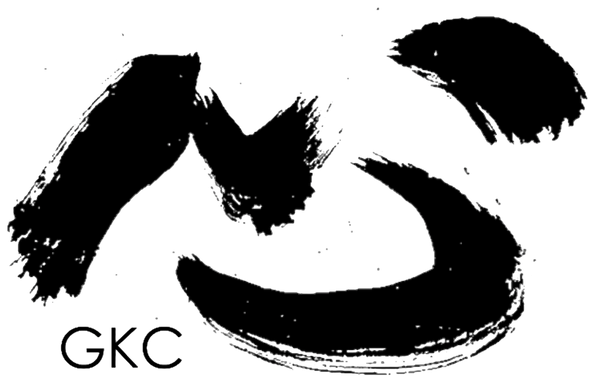Guignard Kyoto Collection
Mother Tiger with cub | Saeki Ganku 佐伯岸駒 | 1749-1838
Mother Tiger with cub | Saeki Ganku 佐伯岸駒 | 1749-1838
Couldn't load pickup availability
Saeki Ganku is usually referred to simply as "Ganku." He became famous primarily as a tiger painter, as he is considered the first painter permitted to paint a live tiger. It is claimed that the shogun of the time owned a specimen and granted Ganku exclusive permission to paint it. The extent to which this can be proven remains unclear, but it is a fact that in Osaka and Nagoya in the 1830s, a tiger from Korea was available to the public as a showman's attraction.
Tiger skins had been known for a long time—the colors and texture of tiger fur were familiar. But seeing a tiger move, open its mouth, and show its teeth is a different experience. Ganku must have been electrified by this, as he created countless paintings of this predator, some with sharply observed details, and his son and his students enthusiastically carried on his legacy of tiger depiction for a long time.
Whether Ganku ever actually saw a mother tiger with her cub is questionable. But painters have imaginations and can extrapolate. The tiger has long been the symbol of the earth. It is as powerful and mighty as its counterpart, the mighty ruler of the skies and the heaven – the dragon. Dragons are never shown with an offspring of their species; tigers and lions – with their greater degree of realism than the dragon – are. Nevertheless, this tender relationship between mother tiger and cub is extraordinary; the two practically merge. (In another mother-child painting of a pair of tigers in the Guignard Kyoto Collection, the cub is signed by the painter's son. This is therefore a joint painting of father and son.)
What's new about Ganku's ink-painted tigers is the technique of fur rendering. As his always erratic signature shows, he favored a loose, seemingly poorly controlled brushstroke with rather thin ink. He first painted the stripes and "yellow-orange" zones of the fur with this freely dancing brush. Then he added fine hair tips over these loose forms and carefully modeled the predator's body. His handling of the white space is technically virtuosic.














